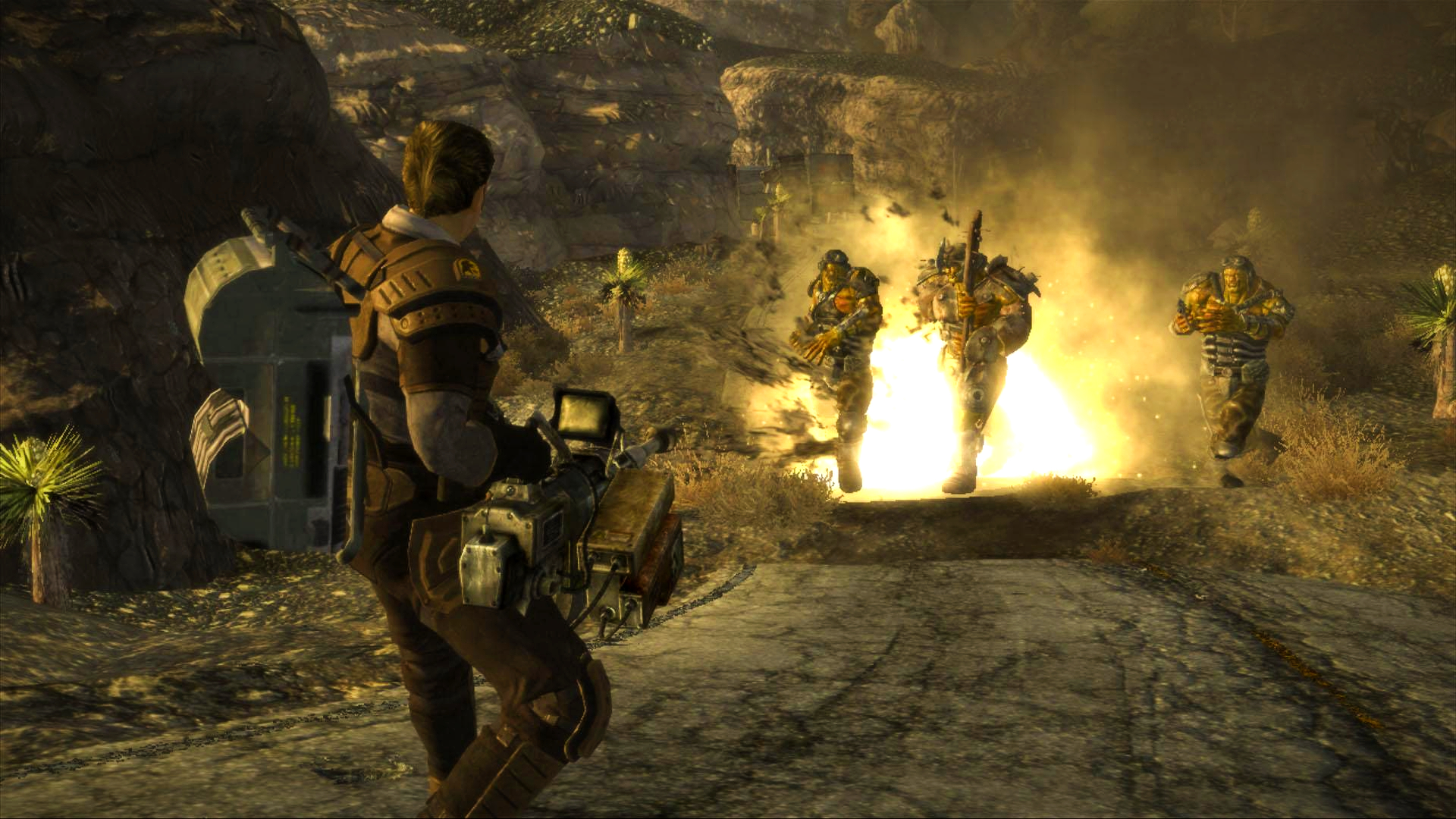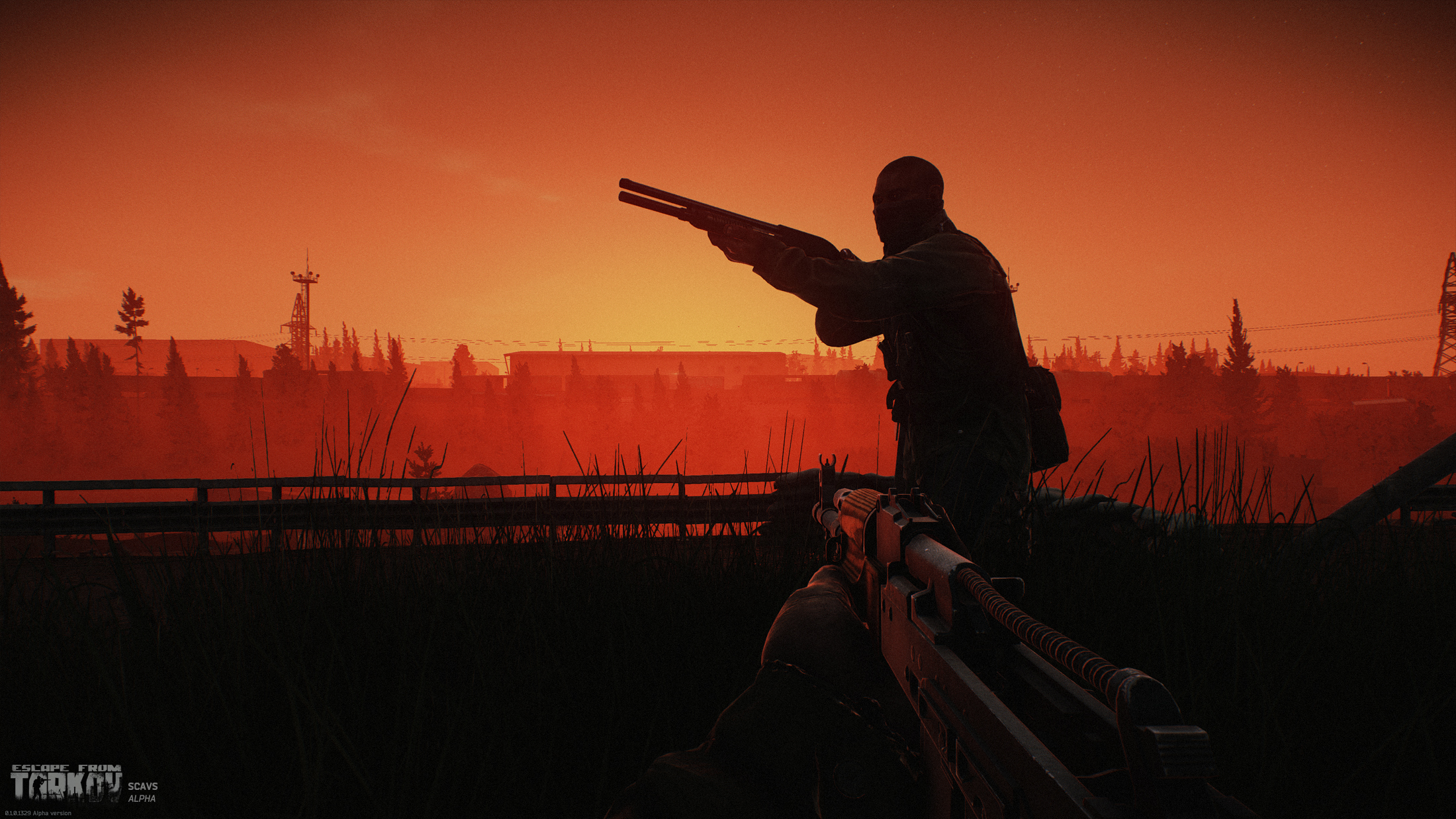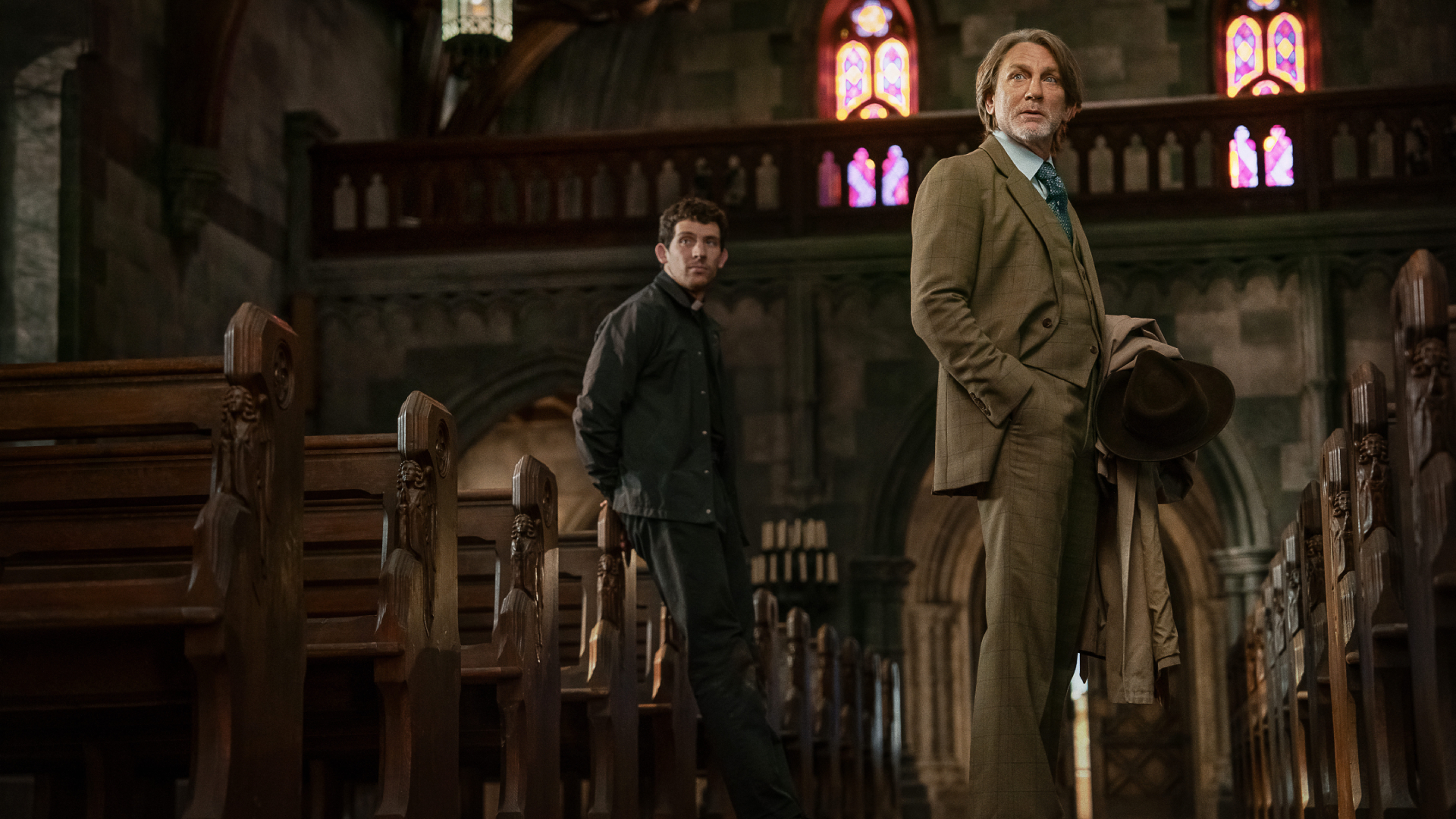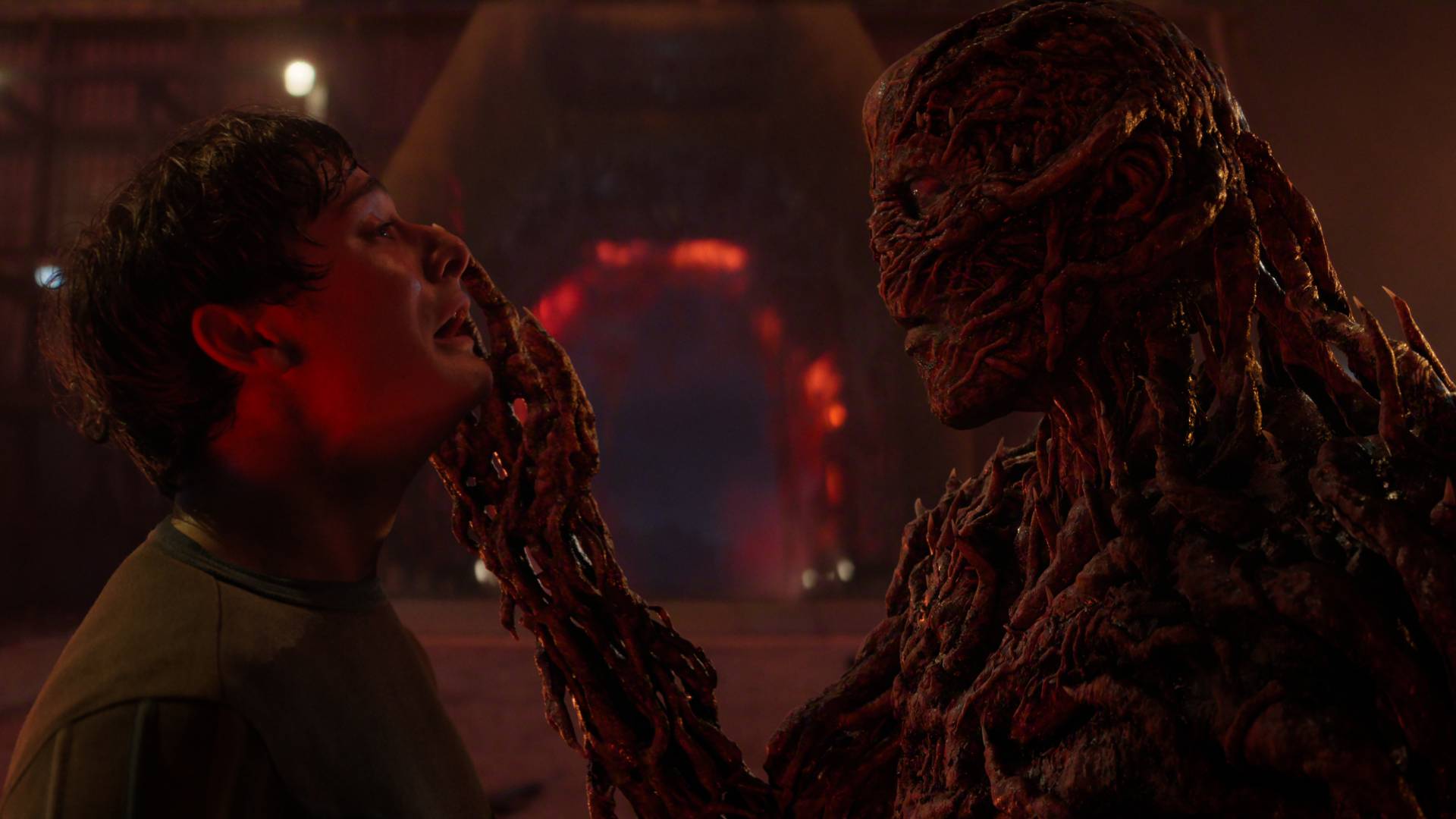Pillars of Eternity and Fallout: New Vegas lead Josh Sawyer says RPGs are "more interesting" grounded in reality: "Once things get too magical… it's impossible to bring it back down to Earth"

Historical accuracy and a sprinkle of realism – two elements that not all RPG developers tend to prioritize always, but there are definitely those who still do in favor of a more immersive and engaging experience for players overall.
Joshua Eric "Josh" Sawyer, who is best known for his work on genre gems like Fallout: New Vegas and Pillars of Eternity, is one such dev. He reveals as much in a recent interview with PC Gamer, explaining that he's taken this kind of approach to his games, "going all the way back to Icewind Dale" – the 2000 Dungeons & Dragons-based RPG he helped design. "It's always something that I tried to do in my own, personal tabletop settings," too, he says.
"Just 'cause I feel like, as weird as it is, I feel like once things get too magical, in a sense, it's impossible to bring it back down to Earth." This thought process doesn't apply exclusively to fantastical settings, either. It's also relevant with "something like Fallout where, yes, there's nuclear power, and there's some stuff that's kind of handwaved, but people do have to eat, they have to drink, they have to deal with the reality of the world."
Sawyer continues: "That's kind of what makes post-apocalyptica interesting, is the struggle. So what are they struggling with and how are they trying to overcome it? And I think maybe that's why some people kind of got aggravated with New Vegas being post-post-apocalyptic. But in my mind, I figured, 'Well, after all this time, people are gonna start to try to do things and grow food and rebuild trade and currency, and things like that…"
The New Vegas mastermind then admits, "I think just over time, it's become more and more a part of how I think about designing settings and stories." Pillars of Eternity sequel Deadfire is another solid example, as "how the factions worked was very historically inspired," according to Sawyer. "Having two colonial factions that were vying against one native culture – this is a thing that has happened historically, a ton – the dynamic becomes very interesting."
That's "because the native culture is trying to play those powers off against each other, and so the struggle, the dynamic becomes more interesting" – in other words, the sliver of realism is part of what gives the game more oomph. It's not always easy to keep things realistic, though. Sawyer points to teleportation as an example of the difficulty, and how he "was very careful to frame it" in a way that made sense for the Pillars of Eternity follow-up's setting.
"It was very controlled, because I have this pet peeve that, once teleportation becomes real, anywhere, everything you understand about logistics and trade and everything, everything, everything changes. So I try to be very careful with how teleportation works in settings, because I want to maintain the sense of space and mystery… I think it makes it easier to make stories that are believable, because you understand basic human needs."
Weekly digests, tales from the communities you love, and more
His words here make sense – as a longtime RPG enjoyer (especially those that lean more into the fantasy side of things), a little bit of historical accuracy and realism goes a very long way in making an immersive game that keeps me engaged and hooked.
Searching for something fresh to play? Why not browse through our roundup of the biggest new games coming this year and beyond to keep an eye on?

After spending years with her head in various fantastical realms' clouds, Anna studied English Literature and then Medieval History at the University of Edinburgh, going on to specialize in narrative design and video game journalism as a writer. She has written for various publications since her postgraduate studies, including Dexerto, Fanbyte, GameSpot, IGN, PCGamesN, and more. When she's not frantically trying to form words into coherent sentences, she's probably daydreaming about becoming a fairy druid and befriending every animal or she's spending a thousand (more) hours traversing the Underdark in Baldur's Gate 3. If you spot her away from her PC, you'll always find Anna with a fantasy book, a handheld video game console of some sort, and a Tamagotchi or two on hand.
You must confirm your public display name before commenting
Please logout and then login again, you will then be prompted to enter your display name.


